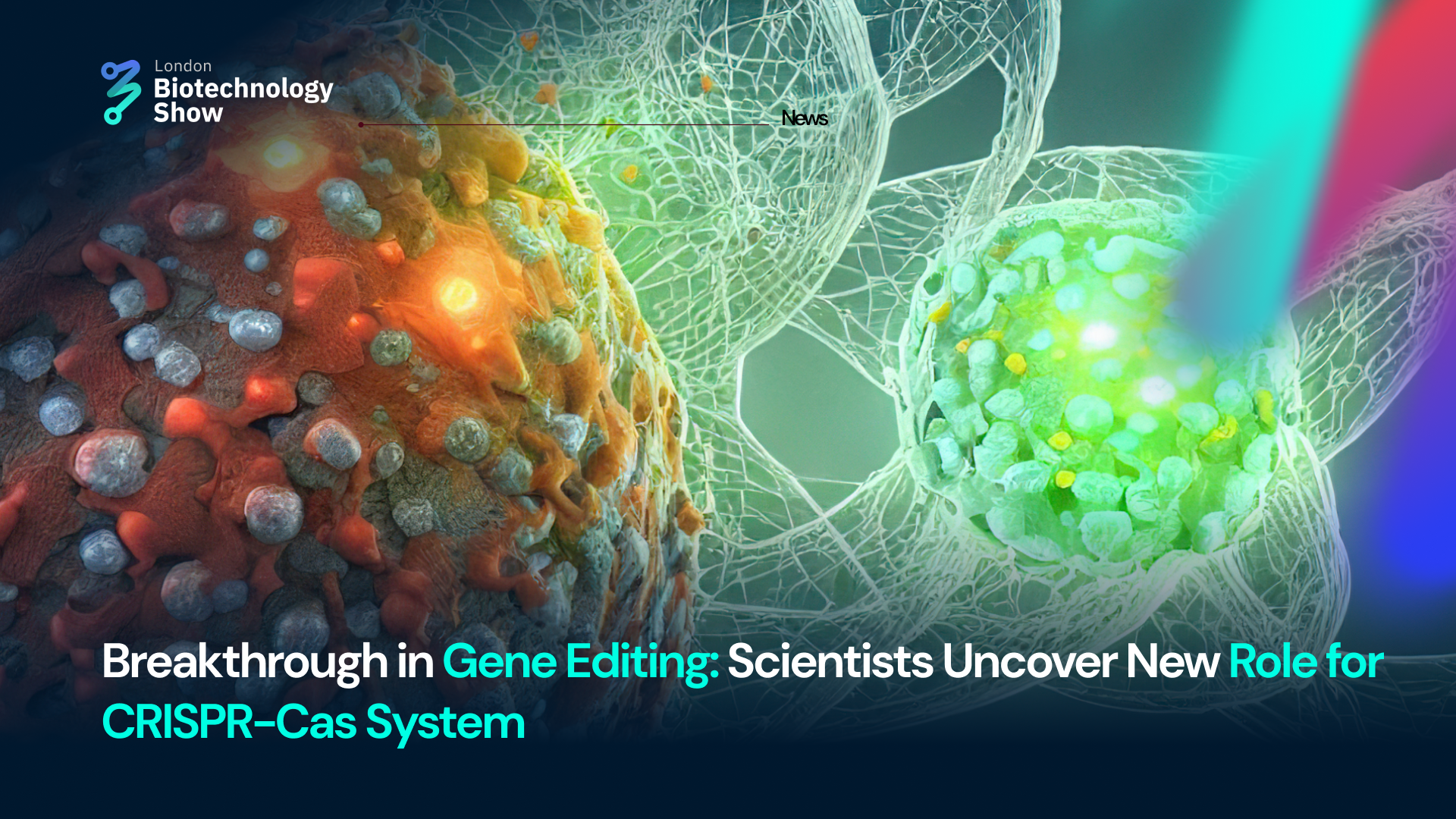02 Aug, 2023: A research team led by Professor Dr. Alexander Probst has made a groundbreaking discovery that archaea, which are microorganisms bearing resemblance to bacteria, employ the CRISPR-Cas system as a defence mechanism against parasites. The researchers arrived at this conclusion by conducting an in-depth genomic analysis, encompassing more than 7,000 genomes, using cutting-edge sequencing technology.
The research question under consideration is whether microorganisms could employ these substances to defend themselves against parasitic microorganisms that reside in their bodies. To address this query, Alexander Probst conducted an analysis of the genetic makeup of microbes inhabiting the Earth's deep crust. He highlights that a significant portion of Earth's microorganisms, over 70 percent, can be found in the deep biosphere, making it essential to explore these depths to gain insights into the planet's biodiversity.
The microbiologist and his team conducted an analysis of the water expelled by a geyser in the USA and also studied samples from the Horonobe underground laboratory in Japan. The research mainly concentrated on archaea, a type of microorganism that coexists in the ecosystem as both hosts and parasites. These minute creatures share a striking resemblance in cell size with bacteria but exhibit distinct physiological characteristics.
The genomic analysis yielded novel findings; the hosts exhibited a scarcity of parasites in their vicinity, and they displayed genetic resistance to these parasites. The researchers attributed this phenomenon to the presence of genetic scissors within the microorganisms' genome. Evolutionarily, archaea have integrated parasitic DNA into their own, leading to the recognition and likely degradation of foreign genetic material by the CRISPR system when attacked by a parasite with identical DNA. Probst, the microbiologist specialised in analysing genetic material from environmental samples, employs cutting-edge techniques in his lab, including Oxford Nanopore technology, enabling swift and thorough sequencing of the material.
To eliminate the chance that they've only encountered isolated instances, the researchers have broadened their analysis to include more than 7,000 genomes, and they have consistently observed this phenomenon. This discovery will be valuable for differentiating between beneficial symbiotic relationships and harmful parasites in future studies. If CRISPR recognition is present, it strongly indicates that the microorganism is likely a parasite. Additionally, this finding is expected to enhance our comprehension of crucial metabolic processes, such as carbon flow in ecosystems, in forthcoming research.
With this newfound knowledge, the scientific community stands poised to harness the full potential of the CRISPR-Cas system, promising a new era of innovation and advancement in the realm of molecular biology.

